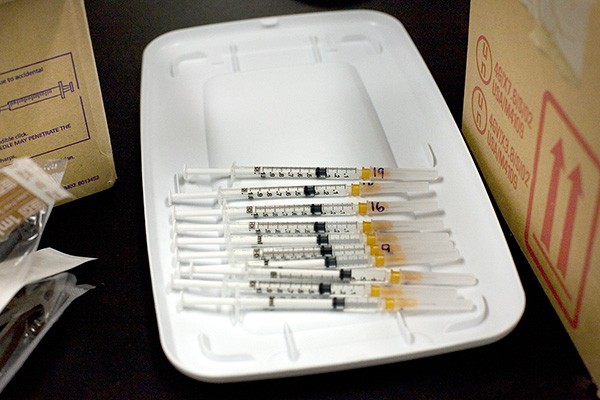Environmental, Health & Safety:
514-848-2424, ext. 4877
Sharp waste disposal procedures

What are they?
A sharp is any item having corners, edges, or projections capable of cutting or piercing the skin. The following items (whether contaminated with hazardous waste or not) are considered sharps and must be disposed in punctured-proof containers and managed as sharps waste.
- Needles and syringes
- Scalpel and razor blades
- Clinical glass such as Pasteur pipettes
- Any other clinical items that are capable of puncturing
- Broken glassware is not considered a sharp unless it is contaminated with hazardous waste
a. Sharps
- Sharps that have been in contact only with chemicals should be disposed in either ones of the two solid waste containers (4L or 20L) (refer to Chemical Wastes section).
- Only sharps that have been in contact with any form of biological contamination (blood, serum, cultures, vaccines, urine, organs…) can be disposed into biohazard containers (refer to the Biohazard / Biomedical Wastes section).
b. Broken Glass
In order to protect the laboratory and cleaning staff, all broken glass free of any contamination should be disposed of in dedicated boxes clearly marked “BROKEN GLASS”.
- No broken glass (contaminated or not) should be disposed of in regular garbage.
- These boxes are picked up by the cleaning staff but not to be re-used or recycled.
- Broken glass boxes can be obtained from EHS.
- For more details, refer to the Clean Glass Waste Disposal Procedure
- Sharps should never be thrown away in regular garbage bins.
- Needles should not be bent, sheared, recapped or removed from the syringe.







